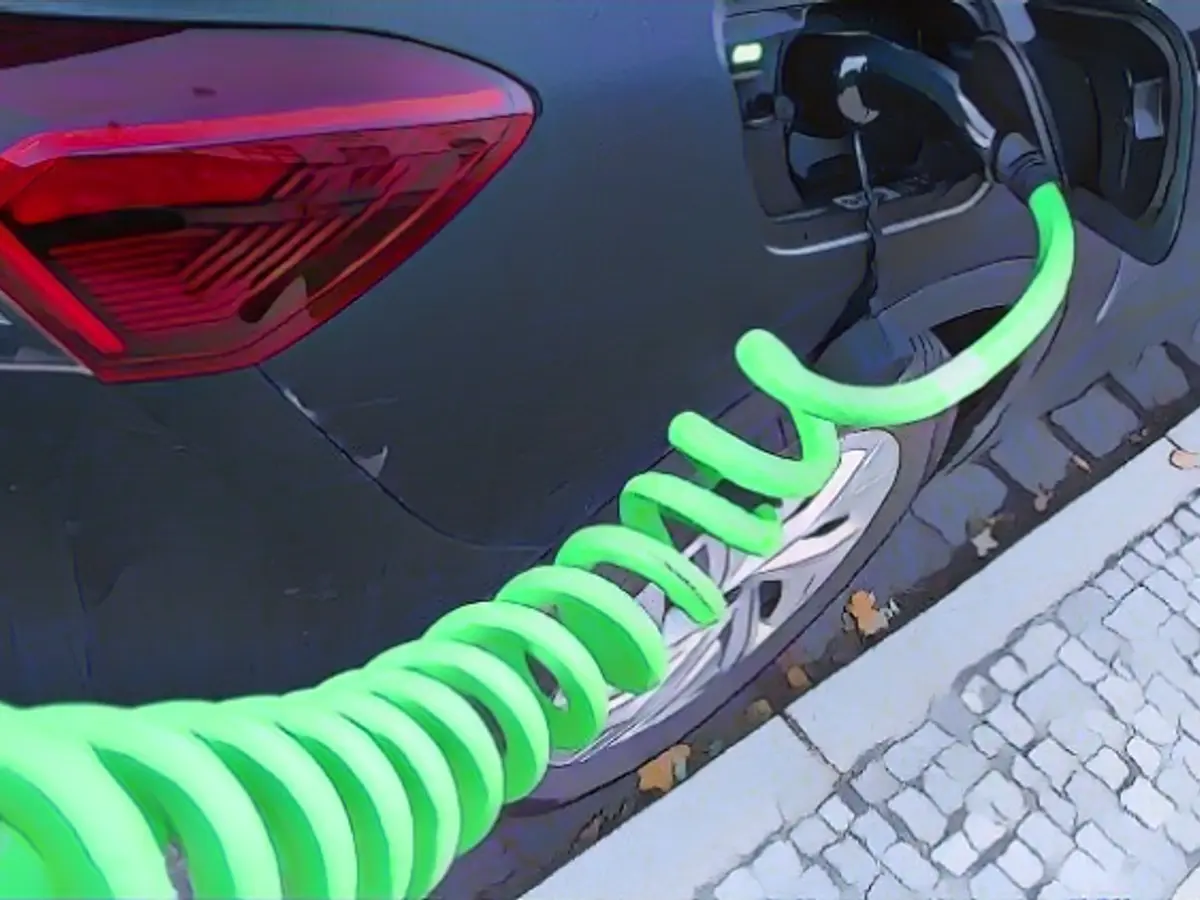Alternatives for charging your electric car
Most e-car users in Germany are likely to have a private wallbox. The wall charger at your own parking space has many advantages, but it is not indispensable. An overview of the alternatives.
Household socket
In principle, charging is also possible directly at the earthed socket. However, the output there is very low at 2.3 kW - even a small car battery would have to be connected to the cable for around half a day until the power storage unit was full. Large cars can take a day and a half. For most e-car drivers, charging at the household plug alone is probably only an emergency option.
In addition, sockets and the home network can reach their limits due to the stressful continuous operation. In extreme cases, there is a risk of overheating. Anyone who frequently charges via the Schuko plug should therefore have the installation checked by an electrician.
Mobile wallbox

If a permanently installed wallbox is not an option - for example because the landlord is not willing - a portable charger may be an option. It can be operated from a Schuko socket if necessary, but it is quicker and more efficient to connect it to a high-voltage socket, which can often be installed (and removed if necessary) with little effort. Depending on the model, charging capacities of 11 to 22 kW are possible at the red CEE sockets.
Models such as the Juice Booster also have countless adapters that can be used to charge at almost all sockets in other European countries. At a good 1200 euros, however, the Swiss company's long-distance devices are relatively expensive, while competitors such as Go-eCharger or NRG Kick are somewhat cheaper but less flexible.
Public AC charging station
If you live near a charging station, you can also use this as a standard power source for your electric car. However, they have to share it with other e-car drivers and cannot rely on constant availability. The strong dependence on the recent trend towards rising electricity tariffs at the charging station must also be taken into account. Household electricity is generally much cheaper, and long-term contracts make cost planning easier.
In addition, some charging station tariffs provide for so-called blocking fees: If you leave your car connected to the same charging point for longer than four hours, you will pay a hefty fee. Overnight charging is therefore not an option in such cases. Nevertheless: at best, 44 kWh will have flowed into the battery after four hours at an 11 kW charging point. If the car can even handle 22 kW, up to 88 kWh - enough for many hundreds of kilometers.
Public DC charging stations
With up to 350 kW, the fast chargers fill the battery in a few minutes at best. Even if you don't have the fastest car at the fastest station, you can charge up for hundreds of kilometers in 30 minutes. However, this often comes at a high cost - fast chargers are by far the most expensive option for e-car drivers.
In addition, the high voltages and currents are considered particularly stressful for the battery. Even if recent studies suggest that the impact on service life is significantly lower than expected, car manufacturers could refuse to honor their warranty in the event of battery damage if fast charging is used very frequently.
Charging for free
The days when supermarkets and shopping centers gave their electricity to e-car drivers for free are largely over. There are still a few exceptions, such as IKEA or, in some regions, DIY stores. But the charging points are in high demand and often full.
The most common way to get free traction current is therefore likely to be charging at the employer's premises. However, companies are not obliged to offer charging facilities at all, let alone for free. Sometimes, however, the electricity is provided at discounted rates. Both discounted and completely free electricity is tax-free.
Read also:
In the realm of electromobility, the automotive industry is also exploring the establishment of charging stations specifically for e-cars. This infrastructure could provide a convenient solution for e-car drivers who may not have access to home charging facilities.
The expansion of charging stations for e-cars across the automotive sector could significantly improve electromobility by addressing the limitation of relying solely on personal wallboxes or household sockets for charging.
Source: www.ntv.de








